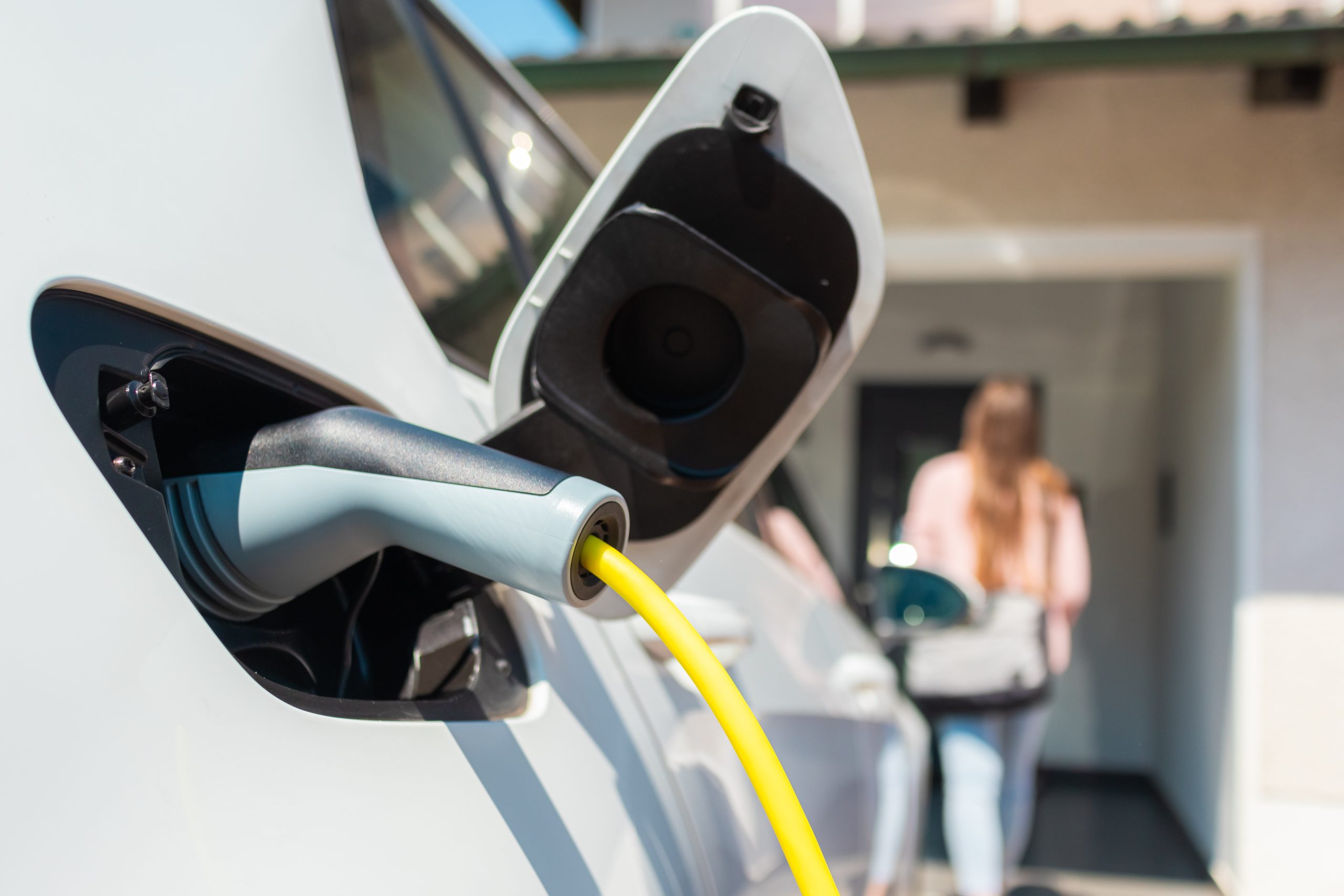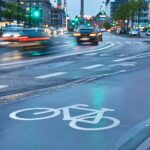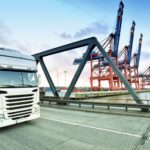
NOx and mobility, or: how to learn to think differently?
Written by Paul van Koningsbruggen for Biind
Nitrogen emissions from traffic; we’ve been talking about them for a long time. As far back as 1994, we tried to represent developments surrounding NOx emissions in policy evaluation reports. And even then, the problem was nothing new. Nearly 30 years later, the necessity to reduce NOx discharge is as topical as ever, and not just NOx discharge, but all harmful substances. This has been underlined again recently in the Schone Lucht Akkoord (Clean Air Agreement), which also emphasized the role mobility plays in the emission of harmful substances.
Another thing that hasn’t gone away is resistance in society to any measures to reduce emissions. Resistance that is expressed in the form of outrage and even denial of the problem.
As traffic engineers, we can respond to outrage. We survey solutions, develop new ones, and work to build support and acceptance before getting down to work in the optimistic belief that change in the world can be engineered. But we often forget that people first need to relinquish old, ingrained ways of thinking and experiencing, and this is not something they do easily, certainly not if it is anything to do with acquired rights such as driving and flying.
Speaking of ingrained ways of thinking and experiencing: electric vehicles are a good example. I still remember the results from field trials that BMW carried out with fully electric Mini Es in 2008–2012. Before the trial, motorists expected that the limited range and charging time would be a problem. During the trials, they reported that they only rarely experienced these limitations as problematic. Ultimately, motorists who had exchanged their own car reported that they had used their Mini E for 70% of trips during working hours – and this was a vehicle that had a range of only 160 kilometers.
In the meantime, electric vehicles have ranges of 500 kilometers or more. And yet we are still talking about range. What we think of are vacation trips, that one trip we take to a relative far away or to a client 300 kilometers away etc. Range clearly reassures us, even if we normally don’t actually need it. The inconvenience of having to charge once or twice during such trips clearly outweighs the convenience we experience every day of charging at home, at the office, or in the parking garage. Even though it means we no longer have to go to get petrol regularly.
Another aspect in which experience plays a major role is travel time. It’s quicker to fly that to take the train for long distances, I’m often told. If you look only at the time you actually spend in the plane as opposed to the train, this is true. But this is based on the assumption that airports are located close to where your journey starts and ends, and this is normally not the case. Flying from Dordrecht to Braunschweig in Germany is much more time-consuming if you include the time you need to get to and from the airport.
Moreover, it is important to factor in the value of the time that you spend while traveling. In 2021, I had to go to a conference in Gothenburg and I chose to go by train: one day (15 hours from door to door) there, one day back. Surely a longer journey than flying? But in fact, I loved it. I had two full days to work undisturbed in a comfortable cocoon. I read, wrote, got through a whole to-do list. My travel time was not lost at all. This argument is even more convincing now that sleeper trains are being reintroduced in Europe: Stockholm is a lot closer if you can travel asleep, comfortably. My point is that there are other ways of looking at long-distance rail travel as an alternative to flying.
If electric vehicles demand a new way of experiencing range, long rail journeys demand a new way of experiencing time. Is reducing our own share in the emission of harmful substances not simply a matter of learning to think differently? Of just going and experiencing it? Of experiencing the convenience of not having to get petrol anymore, the undisturbed working hours that you give yourself by traveling by train – experiencing first and judging afterwards!
Experiencing and thinking differently are no panacea for denials that there is a problem with the emission of NOx and other harmful substances. Maybe we just have to accept that deniers will only be convinced once enough people successfully use alternatives to fossil fuel-propelled motor vehicles and share their experiences with others. Nothing succeeds like success.
In the meantime, as traffic engineers and suppliers of smart traffic solutions, let’s focus on developing and implementing good low-emission ways to move people and goods.



